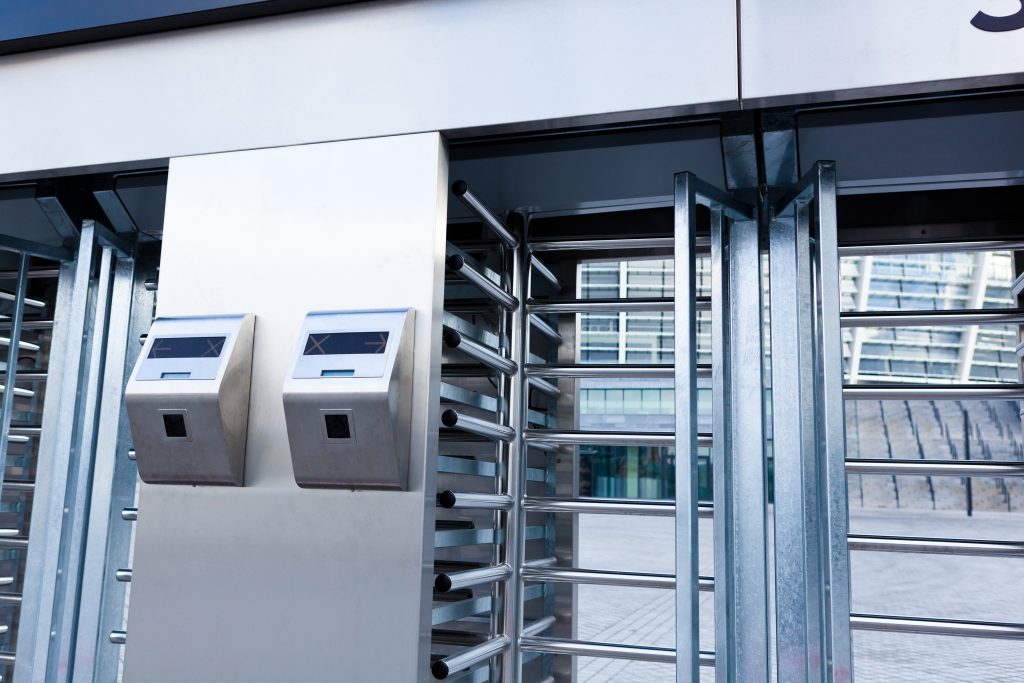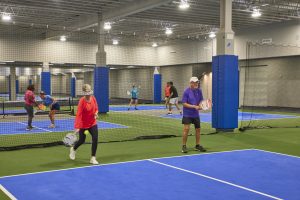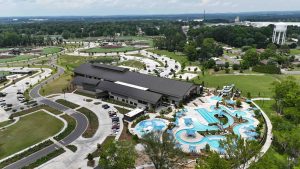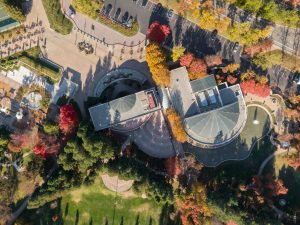Guest post written by Johnny Crosskey, SEO & Content Specialist, The Sports Facilities Companies.
Technology is being utilized in tomorrow’s sports, events, and recreation venues to achieve operational efficiency. Doing so not only allows facility personnel to focus more on customer service, but also reduces operational costs, provides a more seamless and consistent experience for guests, and creates a safer environment. These innovations vary widely from how venues track the number and movement of guests to advancements in connectivity.
From a safety standpoint, understanding the amount of people who come into your facility each day and the timing of their entry is crucial. This information can also be a critical asset when you add data about their movements within your facility during their visit. Digital counters and turnstiles provide more than just raw numbers- they provide real-time insight into how people engage with your facility. This information can influence decisions around wayfinding, placement of events, and staffing, among many other key operational details.
How It Works:
It’s important to note that digital counters and digital turnstiles function differently. A digital counter is a box that can be set at any point in your facility and uses infrared lasers to detect movement across a threshold. Each time a person crosses, it triggers a “count” notifying the system that an individual has entered a designated area (front door of venue, practice area, stands, etc.) Certain counters use sensors to detect if a mobile device is searching for a Wi- Fi signal, thus counting the person and their location. This system is powered using Power Over Ethernet (PoE+) and Cat 5e cabling.
Digital turnstiles are positioned as guests enter the facility. While they capture a count of people coming through an entry point, they can also restrict access based on pre-set criteria. Some digital turnstiles use advanced technologies such as iris or heat detection to provide enhanced security. Digital turnstiles also use microprocessors to capture high volumes of data faster, allowing the system to both capture guest counts and grant or deny access seamlessly.
Benefits:
For the facilities, a whole set of business intelligence data is available to them. Counters can be set to detect when guests cross specific locations within a facility. In real time, this helps venues to determine if areas are becoming crowded and if staff or better wayfinding is needed to direct guests to less central concession stands or restrooms. For tournaments, counters, in tandem with wearables or apps, can guide scheduling, ensuring that guests have an opportunity to see most popular matchups. The technology also allows venues to pinpoint the most advantageous places for sponsorship activations based on foot traffic.
Additionally, digital turnstiles can grant and deny access or detect security threats because of its ability to detect heat patterns, badge credentials, or other identifying characteristics. This data can be processed and sent instantly to a central server.
Obstacles To Entry:
Having the data in hand is only part of the equation. To take advantage of it, requires the time and ability to analyze the data, the vision for how you want to improve your facility, and the capital to invest in making appropriate improvements. However, if you commit to the tools and commit to using them to create a more efficient operation, the information can be transformative.
Digital Turnstiles In Action:
Highlands Sports Complex in Triadelphia, WV employs 14 digital counters to track attendance and movement data within the 200,000 square foot complex. The counters are used primarily to count “door swings” or the number of people who enter the facility for tournaments and other events. However, door counters are placed in several other areas, including near bathrooms to determine crowd flow and to discover times of peak attendance. This information allows Highlands Sports Complex staff to identify times in which more staff is needed and what areas of the venue to deploy them. It also helps them identify trends such as times of day when attendance is greater as well as what teams and events draw the highest attendance.






